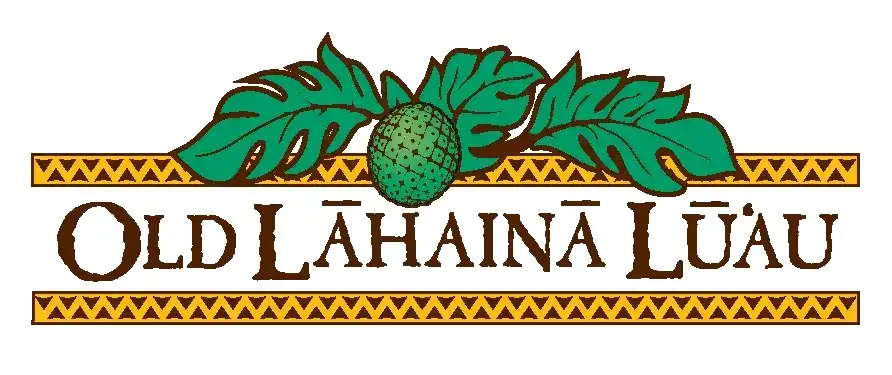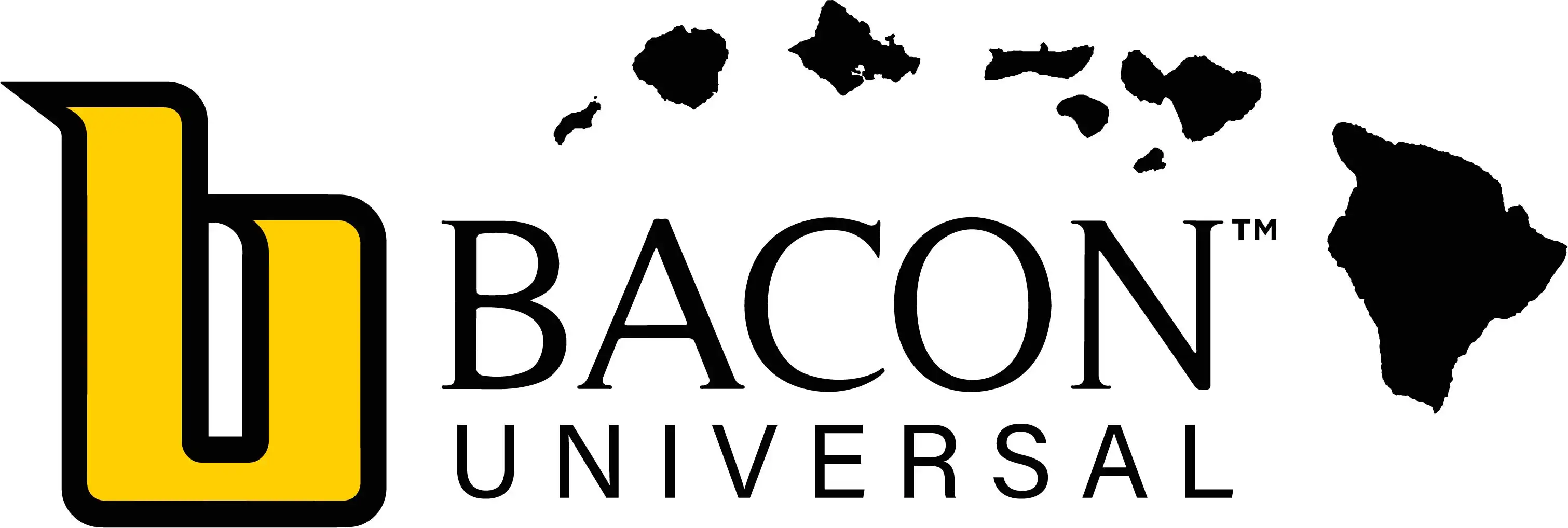MAJOR TRAFFIC CONGESTION-RELIEF PROJECTS PLANNED FOR O`AHU MOTORISTS
The state unveiled two major initiatives aimed at easing traffic congestion along the most heavily traveled corridor in the state.  The first project, known as the PM Contraflow, focuses on improving the westbound afternoon rush hour commute on the H-1 Freeway from Honolulu to Central and Leeward O`ahu by adding a 6.2-mile contraflow lane starting at the Radford Drive overpass and ending at the Waiawa Interchange (H1-H-2 merge). The second project is intended to improve traffic flow on the H-1 freeway by widening the Middle Street merge. The project would increase traffic capacity by adding a fourth continuous lane, eliminating the need to merge.  Hawaii Governor Linda Lingle said, “Traffic congestion has a significant impact on the lives of our residents as well as our overall economy.” She went on to say, “My Administration is committed to continuing to work with the Legislature, our federal and county partners, the private sector and the community to develop transportation solutions that will ultimately improve the quality of life in Hawai`i by allowing residents to spend less time in traffic and more time at home with their families.”  Details of the two projects are as follows:Â
PM Contraflow
The first project focuses on improving the westbound afternoon rush hour commute on the H-1 Freeway from Honolulu to Central and Leeward O`ahu by adding a 6.2-mile contraflow lane starting at the Radford Drive overpass and ending at the Waiawa Interchange (H1-H-2 merge). Â The PM Contraflow Lane is expected to increase westbound capacity by about 17 percent during the afternoon rush hour commute, which translates to a five- to 10-minute reduction in average commutes.
The DOT will establish permanent contraflow lanes on both sides of the existing center median by installing concrete barriers to separate traffic, similar to what is used now for the Zipperlane. Â Both lanes will head townbound in the morning and both will be reversed in the afternoon rush hour to accommodate `Ewa-bound traffic. Â During non-rush hour, the two lanes will revert back to their original direction. Â
“Based on the success of the Zipper lane during the morning rush hour, we wanted to offer that same kind of relief to drivers for their afternoon commute,” said Brennon Morioka, director of the state Department of Transportation. Â
Gates will be installed along the route to allow emergency vehicle access. Â In addition, in times of civil defense emergencies, the entire highway can be contraflowed to facilitate evacuation.
By installing permanent concrete barriers, the DOT will eliminate the need for the Zipmobile, which will save approximately $1 million per year in operating costs.
This $40 million contraflow project will be ready to go out to bid in July 2009. Â The State anticipates to begin construction in early 2010. Â Eighty percent of the project will be funded federally and the remaining 20 percent will be state-funded.
The PM Contraflow is one of the 1,521 public construction projects included in the State’s $1.8 billion capital improvement plan unveiled last month by the Governor, legislative leaders, county mayors, the construction industry and labor unions to stimulate the economy and create jobs.
As part of the PM Contraflow project, another phase will strengthen the shoulder pavement between Waiawa and the Waikele off-ramp to be able to use the shoulder as a travel lane during the contra-flow operations. Â This phase of the work is estimated to cost $15 million. Â The DOT plans to coordinate the timing of the Waiawa-Waikele project to overlap with the construction of the PM Contraflow.
The Waiawa-Waikele phase of the project has been budgeted and approved by the Legislature. Â The PM Contraflow is in the current capital improvement project budget request.
Widened Middle Street Merge
The second project unveiled today is intended to improve traffic flow on the H-1 freeway by widening the Middle Street merge, which would benefit commuters at all times of the day. Â Currently, cars exiting the Middle Street tunnel must merge onto the H-1, which creates a bottleneck as cars traveling eastbound on the H-1 slow down to allow the incoming traffic.
This project would increase traffic capacity through Middle Street merge and Vineyard Boulevard by adding a fourth continuous lane, eliminating the need to merge. Â The additional lane would also add a second exit lane to the Vineyard Street off-ramp.
“The impact of eliminating this notorious traffic bottleneck will be dramatic,” said Morioka. Â “Based on our traffic studies in 2006, the Middle Street Merge area increases travel time by up to 20 minutes during rush hour periods. Â The extra lane will reduce commute time significantly,” said Morioka.
The cost for this project is estimated at $100 million. Â Eighty percent of the project will be funded federally, and the remaining 20 percent will be state-funded. An environmental assessment is expected to be completed by August of 2010 and construction is slated to begin early 2011.
“O`ahu residents have been waiting a long time for projects like these to help ease traffic congestion,” said Governor Lingle. Â “Now is the time to invest in these important infrastructure improvements, which in the short-term will stimulate our economy and create jobs and in the long-term will help position our state for future growth.”
(Posted by Wendy Osher:Â Tuesday, January 13, 2009)










